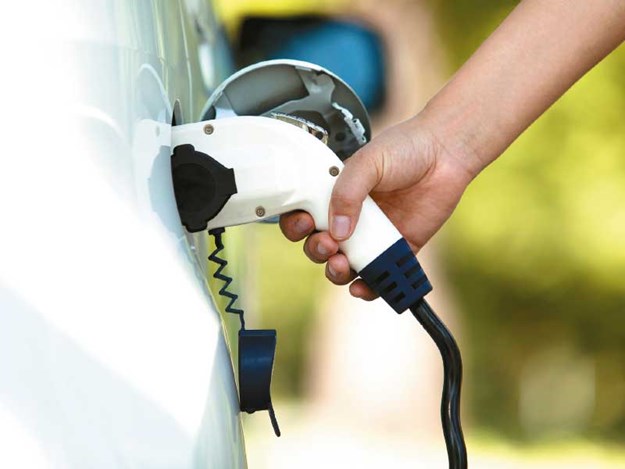Almost everyone has encountered a lead acid battery at some point. Used to power vehicle starting motors, they were first installed in motorcars in the 1920s. Nearly 100 years later, they are still there doing a sterling job. When RVs needed house batteries, it was inevitable for lead acid batteries to fill that role, too. Readily available, affordable, and reliable, they have remained the unchallenged first choice for the job. Until now that is. Until lithium ion (Li-ion) batteries arrived on the scene at a price that starts to make sense.

Li-ion batteries came to public attention in the early 1990s when Sony offered rechargeable Li-ion batteries in their latest model handheld video cameras. Today, a rechargeable Li-ion battery powers virtually every hand-held electronic device. They appear to be here to stay. But are they?
Battery manufacturers talk about battery ‘energy density’. The more powerful a battery can be for any given size and weight, the more marketable the battery, or the product it powers, will be. To illustrate this point, consider the house battery mentioned above.
A 100amp/hr lead acid house battery is replaced with a 100amp/hr Li-ion battery that is around 30 percent smaller and 50 percent lighter. It doesn’t follow the 50 percent maximum discharge rule imposed on the lead acid battery. It can tolerate a deeper discharge, up to 80 percent (some even more), and it can accept a faster recharge. As it’s small in size, lighter in weight, recharges quicker, and has a larger useable energy storage capacity, the 100amp/hr Li-ion battery replacement has a greater ‘energy density’ than the lead acid battery it replaces.
Reducing battery cost is a key driver for manufacturers, and a good example of this is the electric vehicle industry. Here, the battery market is expanding rapidly. At the end of 2015, it stood at $US5 billion and is forecast to grow to more than $US24 billion by 2023.
In recognition of the importance of Electric Vehicle (EV) battery development, the US Department of Energy has created a new office that will focus on reducing the cost, volume, and weight of Li-ion batteries while improving their performance.
Currently, outside of China, there are three main players in EV Li-ion battery production: LG Chem and Samsung SDI, both from Korea, and Tesla/Panasonic. Recently, LG Chem, working on a battery project for GM’s Chevy Bolt, has reported Li-ion battery production costs of $US145/kWh. This is a remarkable breakthrough, as it is less than half of the current production cost indications of $US300–400/kWh.
Competing technologies will also play their part in lowering battery costs. One such competitor is the lithium sulphur (Li-S) battery. With a lithium anode and a sulphur carbon cathode in a novel cocktail of electrolytes, it can create an energy density up to five times greater and at a lower cost than a Li-ion battery. Sony’s version of the Li-S battery is due for release in 2020. NASA, in partnership with the University of Maryland and Li-ion battery company Ampius, is working to develop and test Li-S batteries for use in space.
So, while the development focus is on EV batteries, breakthrough developments in EV Li-ion batteries will trickle down into Li-ion house battery replacements. Over the next five years, we should see more sophisticated, lighter weight, and more powerful house battery options at more attractive prices.
And the starting battery in the latest model EVs? Well, it may be a sealed cell AGM unit. It may even be one of the new lead carbon designs. But at its heart, it will still be based on lead acid battery technology.





